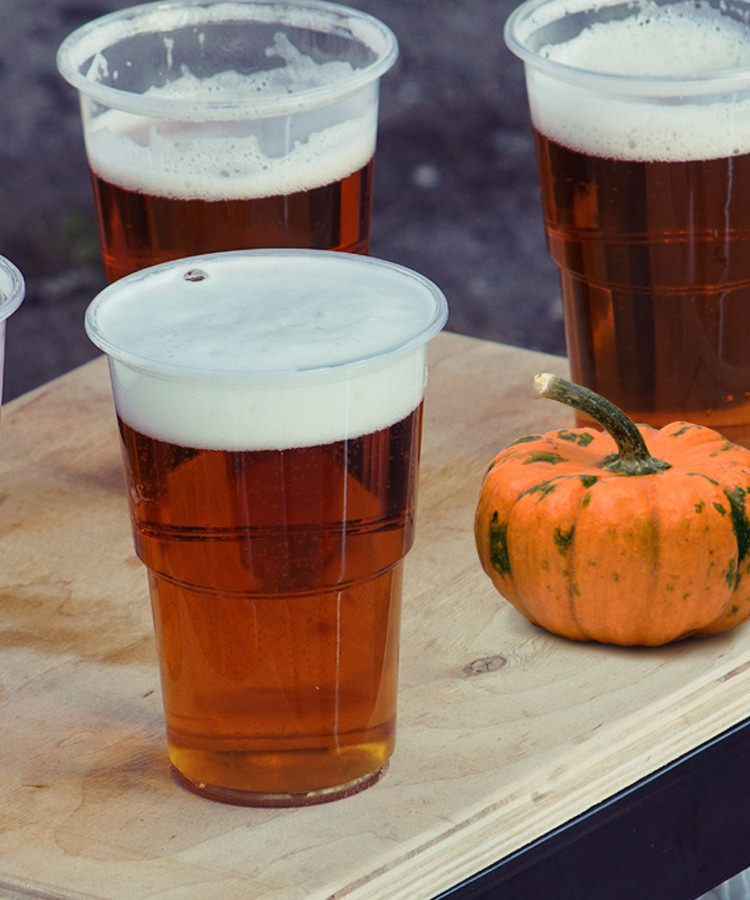Send all questions to: [email protected]
Is it weird that I hate pumpkin beers? And is there any way to escape them this time of year?
Not weird at all, kind sir. I hate them as well. Never been my thing. This year I’ve had a few good ones that have me rethinking my stance, but I want to be clear, I am just rethinking it. I haven’t come to a firm decision yet.
Pumpkin everything has unfortunately become a seasonal signature in recent years. And that means every fall — and by fall I mean late August when these beers start to hit the shelf — we get an onslaught of pumpkin beer.
Thankfully, many brewers are beginning to limit or even completely replace their pumpkin beers. This is because there are many more people out there like you and I than there used to be. We like a good fall beer, but one that tastes like liquid pumpkin pie isn’t it. These heroes have turned to brown ales, marzens and other beers that are typical of fall, yet don’t require dumping liquid pumpkin along with sugar and spices into the brew.
Why is the same wine that I buy at a store way more expensive at a restaurant?
The short answer is that alcohol has different markups at stores, which are called “off premise” in the trade, and restaurants, which are referred to as “on premise.”
At most stores, rent is lower and the cost of running the business, including paying employee salaries and outfitting your location, is more affordable than at restaurants. That means the markup will be less — even more so if that store is a large grocery or chain. Average markup for off premise is usually about one-and-a-half times the wholesale cost of the bottle.
For a restaurant, the cost of running a business is much, much higher. There is more space needed, which means higher rent. The staff is much larger. In addition, you don’t buy your food or drinks and leave; you stay, taking up a seat and taking advantage of the restaurant’s ambiance. That means in order to make a profit, the markups need to be higher. For most dining establishments, alcohol is the highest-margin item for the business, which is why it’s not uncommon to see bottles marked up to an average price of three times the wholesale cost. They aren’t trying to rip you off; they’re just ensuring profitability.
What was the first cocktail?
The word cocktail was first used in print in 1803 and at that time it was used to describe any drink made with spirits of any kind, sugar, water, and bitters. If this sounds like the familiar recipe of an Old Fashioned, that’s because that’s what it is.
